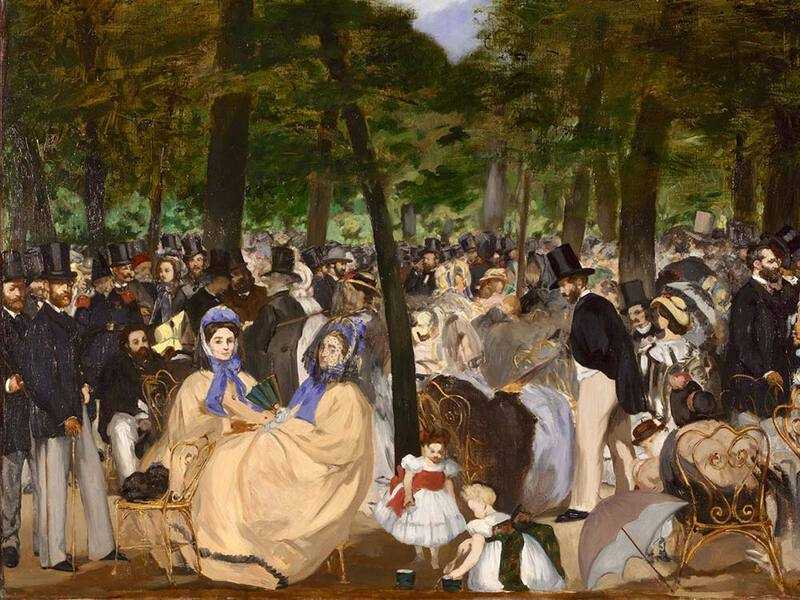
Robert Draws – Classical painting techniques have stood the test of time. These methods, rooted in centuries of tradition, still resonate in the art world today. Artists, both old and new, continue to use these techniques for their beauty, precision, and the emotion they evoke. In this article, we’ll explore some of the most important classical painting techniques and why they remain relevant in contemporary art.
Classical painting techniques have their roots in ancient Greece and Rome. These early works focused on realism, depth, and the use of light and shadow. Over time, these techniques evolved and were perfected during the Renaissance. Masters like Leonardo da Vinci and Michelangelo established the groundwork for modern painting with their use of perspective, proportion, and color theory.
One of the defining characteristics of classical painting is its focus on meticulous craftsmanship. Techniques like sfumato (the smooth blending of tones) and chiaroscuro (the use of light and shadow) were pioneered by Renaissance artists. These methods allowed them to create lifelike images with depth, dimension, and realism. Even today, these techniques are used by many artists to bring their work to life.
Sfumato, a term coined by Leonardo da Vinci, refers to the technique of blending colors and tones without harsh lines. It creates a soft, smoky effect, especially around the edges of a subject. This technique can be seen in da Vinci’s famous Mona Lisa, where the soft transitions in her face make the portrait appear lifelike.
Chiaroscuro is the contrast between light and dark to give the illusion of volume and three-dimensionality. Artists use this technique to create dramatic effects and make their subjects stand out. This method can be found in the works of Caravaggio, who masterfully used light to highlight the emotional intensity of his figures.
Classical artists were obsessed with capturing the human form in its most accurate and idealized way. They studied anatomy, proportions, and the effects of light on the body to perfect their paintings. The focus on realism is one reason why classical painting techniques remain relevant today. Artists continue to study these principles to create accurate, lifelike portraits and sculptures.
In addition to the human figure, classical painters also paid great attention to other subjects, such as still life and landscapes. By applying the same principles of proportion, perspective, and light, artists could create harmonious compositions that were visually balanced and pleasing to the eye.
Even in today’s digital age, many artists still incorporate classical techniques into their work. While technology has provided new tools and mediums for artists to explore, the core principles of classical painting remain important. For example, contemporary artists still use sfumato and chiaroscuro in both traditional and digital art to evoke mood, depth, and realism.
Classical techniques also serve as a foundation for art education. Students at art schools around the world study classical methods before moving on to modern styles. This ensures that artists understand the fundamentals of art and can apply them creatively in their own work.
“Read more: Musical Art Inspiration for Work Encouragement”
The appeal of classical painting techniques lies in their ability to create timeless, universally understood works of art. These techniques allow artists to capture the human experience in a way that transcends time and culture. Whether it’s the soft blending of colors or the stark contrast between light and dark, classical techniques continue to evoke powerful emotions and connect viewers with the artist’s vision.
As contemporary artists push the boundaries of what’s possible in art, many still return to classical techniques for their timeless beauty. These techniques provide a sense of tradition and skill that modern art, no matter how innovative, cannot replicate.
For those interested in learning classical painting techniques, there are many resources available. Online courses, books, and workshops offer step-by-step guidance on mastering techniques like sfumato, chiaroscuro, and classical portraiture. Artists can learn from the old masters and apply these methods to their own work, infusing traditional techniques with their personal style.
While modern art movements continue to evolve, the timeless principles of classical painting will always have a place in the artistic world. By understanding and mastering these techniques, artists can continue to create works that resonate with audiences for generations to come.